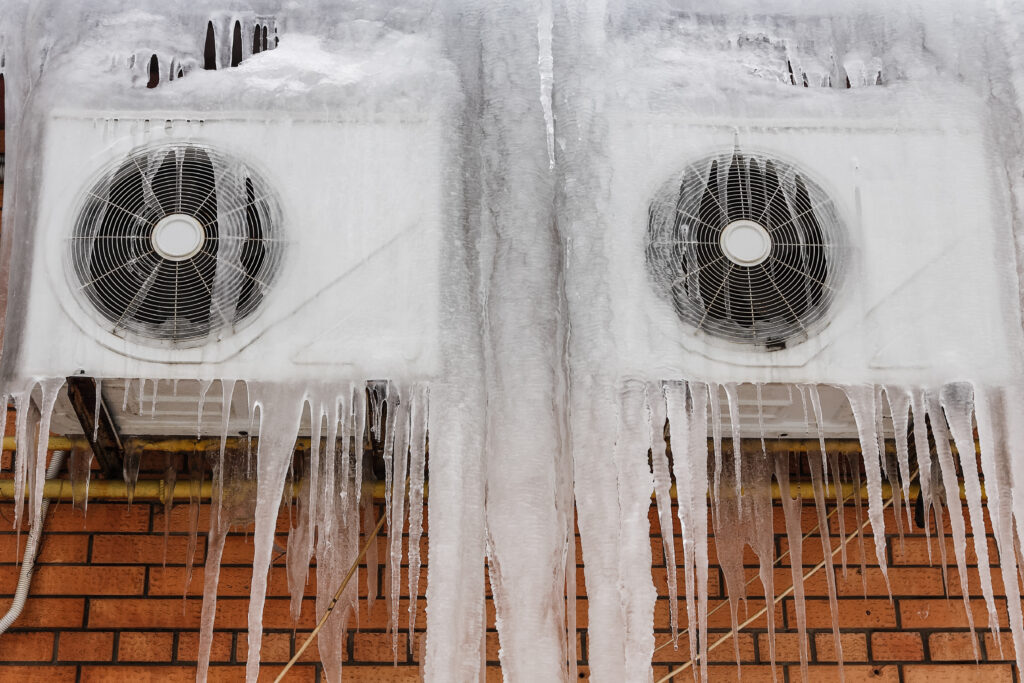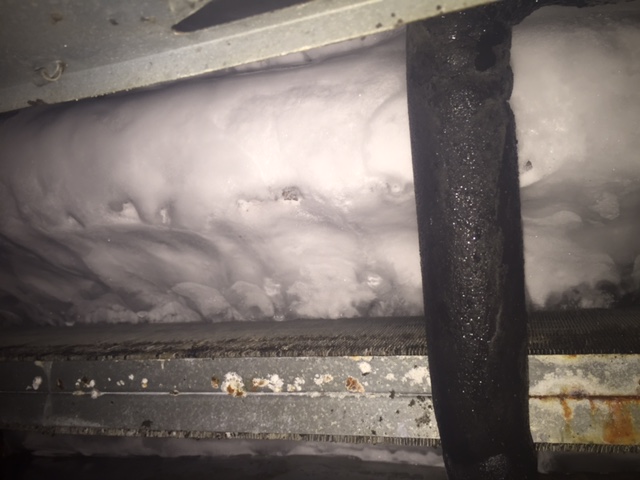Tips for Thawing a Frozen AC Pipe - Restoring Proper Operation
Tips for Thawing a Frozen AC Pipe - Restoring Proper Operation
Blog Article
The writer is making a number of great observations regarding What Causes AC Pipes To Freeze? in general in this post in the next paragraphs.

Intro
Discovering that your AC pipeline is frozen can be concerning, especially throughout hot summertime when you depend on your air conditioner one of the most. Recognizing what to do in such a scenario is critical to stop further damage to your cooling system and ensure your comfort inside your home.
Understanding the Causes
A number of variables can add to the cold of an air conditioning pipe. Recognizing these causes can help you address the concern effectively.
Absence of Airflow
One typical reason for a frozen AC pipeline is inadequate air movement. When the air flow over the evaporator coil is restricted, it can create the coil to go down below freezing temperature, resulting in ice formation on the pipe.
Reduced Refrigerant Levels
Insufficient refrigerant levels in your AC system can additionally lead to a frozen pipeline. Low cooling agent degrees can create the stress in the system to go down, resulting in the freezing of dampness on the evaporator coil.
Winter Conditions
In colder environments, freezing temperatures outside can add to the freezing of air conditioning pipes. If your air conditioning device is not properly insulated or if there are leaks in the ductwork, cool air can infiltrate the system, creating the pipeline to ice up.
Dirty Air Filters
Dirty or blocked air filters can limit air flow in your a/c system, resulting in different problems, consisting of a frozen pipeline. It's essential to replace or cleanse your air filterings system regularly to ensure proper air flow and prevent ice accumulation.
Indications of a Frozen Air Conditioning Pipe
Acknowledging the indicators of a frozen air conditioning pipe is essential for punctual action.
Minimized Airflow
If you notice a considerable decline in airflow from your vents, it might show a frozen pipe.
Ice Buildup on the Pipe
Visible ice build-up on the cooling agent line or the evaporator coil is a clear indication of a frozen a/c pipeline.
Weird Sounds from the Unit
Unusual sounds, such as hissing or bubbling, coming from your AC system can signal that there's ice existing on the pipe.
Immediate Actions to Take
When confronted with an icy AC pipeline, it's necessary to act promptly to avoid more damage to your air conditioning system.
Turning off the a/c
The first step is to shut off your a/c unit to stop the system from running and intensifying the problem.
Looking for Blockages
Inspect the area around the interior device for any type of obstructions that might be blocking airflow, such as furniture or curtains.
Defrosting the Pipe
You can make use of gentle methods like positioning towels taken in cozy water around the frozen pipe to help thaw it gradually.
Safety nets
Taking preventive measures can aid stay clear of future occurrences of a frozen air conditioning pipeline.
When DIY Methods Fail
If your efforts to thaw the pipe or address other problems are not successful, it's time to employ a specialist.
Importance of Hiring a Professional HVAC Technician
A licensed HVAC service technician has the knowledge and tools required to identify and repair problems with your a/c system securely and successfully.
Routine Maintenance Checks
Arrange routine maintenance checks with an expert HVAC technician to make certain that your air conditioner system is running effectively.
Changing Air Filters
Routinely change or clean your air filters to prevent air flow constraints and maintain optimal efficiency.
Shielding Exposed Pipes
If your air conditioner pipelines are revealed to chilly temperature levels, think about protecting them to prevent freezing throughout cold weather.
Seeking Professional Help
If DIY techniques fail to fix the concern or if you're unclear concerning exactly how to proceed, it's finest to seek aid from a qualified HVAC professional.
Conclusion
Dealing with a frozen air conditioning pipeline can be a discouraging experience, however recognizing exactly how to react can help minimize damage and recover comfort to your home. By understanding the causes, identifying the signs, and taking timely activity, you can properly deal with the issue and prevent future occurrences.
What to Do If Your AC Line Is Frozen
Make Sure All Supply and Return Air Vents Are Open
If you notice problems with airflow, the first thing you should do is check your supply and return vents. Supply vents distribute clean, conditioned air throughout your home. As this air becomes stale, it’s pulled into the return vent, where it’s reconditioned before being sent back out through the supply vent.
When these vents are closed, air won’t flow in the home. Before examining your AC, check the vents in every room and ensure they’re all open.
Check for a Dirty Air Filter
Another possible cause of limited airflow is a dirty air filter. Your air conditioner’s filters catch elements you don’t want to breathe in, such as dirt and dust. Over time, filters can become clogged, ultimately blocking air from flowing in and out. The lack of airflow can then cause the entire coil to freeze and will completely restrict any air from moving through it. The AC may need to be powered off for one to two days to allow the coil to thaw after replacing the filter to allow proper functioning of the unit. This debris can also accumulate on your AC’s evaporator coil, requiring a more serious repair. In general, air filters should be cleaned regularly (about every two weeks).
Assess Your Outdoor Unit
In addition to checking your AC, assessing the outdoor unit is a good idea. Also known as the condensing unit, it works with your interior unit to release heat outside. An issue with the outdoor unit can result in rising internal temperatures.
Overgrown Shrubs or Clogged Leaves
From leaves and twigs to shrubs and debris, there’s no shortage of outdoor elements that can accumulate around your condensing unit. When these elements get lodged inside the unit, they can block airflow. Fortunately, removing the blockage can solve the problem.
Sounds of a Broken Fan
Shrubs and leaves aren’t the only things that can impede your outdoor unit’s airflow. If the fan is broken, the unit won’t be able to properly get rid of heat — which means the internal temperature won’t go down. First, make sure the fan is spinning. If it is, check for the following sounds of a broken fan:
Buzzing Rattling Screeching Hissing Clicking Preventative Measures
Nobody wants to deal with a frozen AC line. In addition to causing problems with your air conditioner, they require professional repairs. On the bright side, there are preventative measures you can take to help ensure this issue doesn’t arise in the first place.
https://www.coopergreenteam.com/blog/what-to-do-if-ac-line-frozen

We had been guided to that write-up about How can I fix an air conditioner’s frozen pipe? from a good friend on a different web address. Appreciated our entry? Please share it. Let another person find it. We enjoy reading our article about What Causes AC Pipes To Freeze?.
Visit Site Report this page